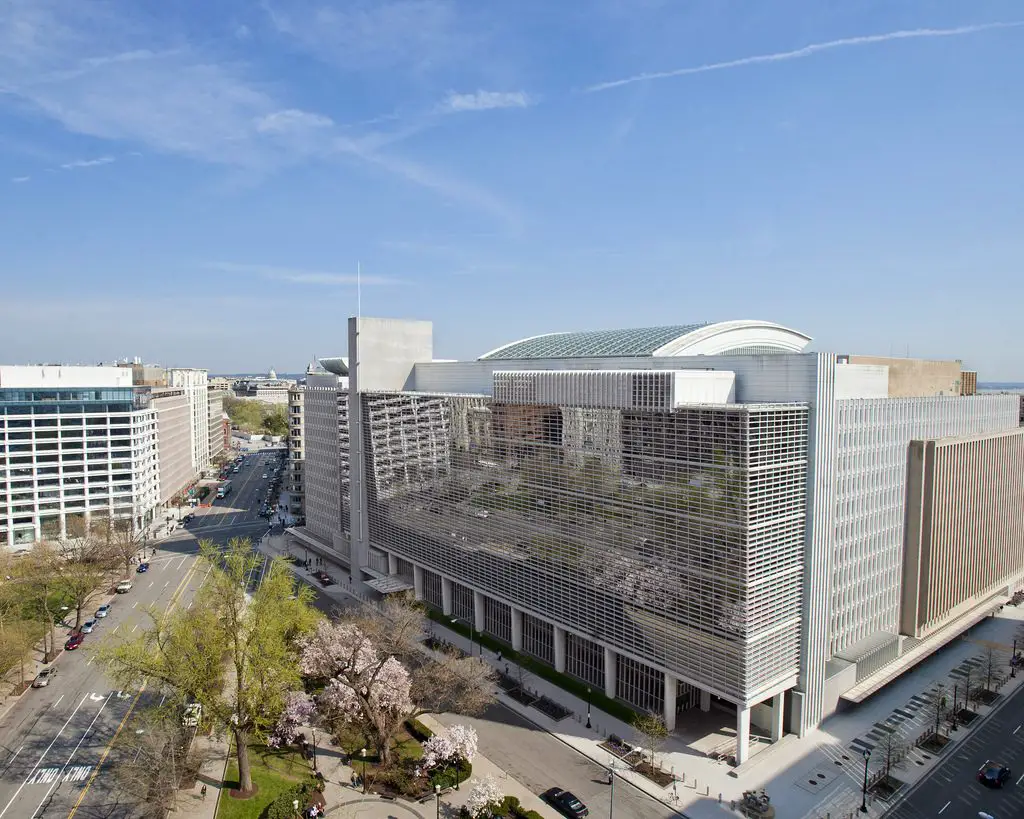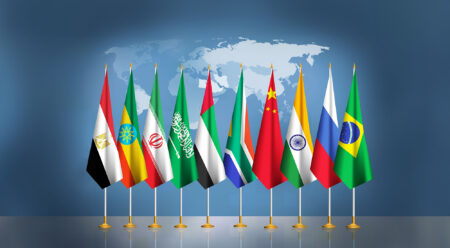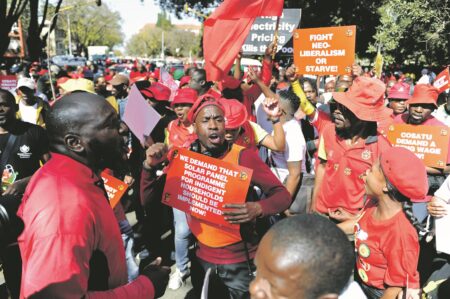Sub-Saharan Africa’s economic growth slowed to 2.3 per cent in 2018 from 2.5 per cent in 2017, remaining below population growth for the fourth consecutive year, the World Bank has said.
In the April 2019 issue of Africa’s Pulse, its bi-annual analysis of the state of African economies published on Monday, the bank said regional growth was expected to recover to 2.8 per cent in 2019, staying below three per cent as it has been since 2015.
The slow growth reflects ongoing global uncertainty but increasingly comes from domestic macroeconomic instability including poorly managed debt, inflation, and deficits; political and regulatory uncertainty; and fragility that is having visible negative impacts on some African economies.
It also belies stronger performance in several smaller economies that continue to grow steadily, the bank said.
It noted that Nigeria’s growth rose to 1.9 per cent in 2018 from 0.8 per cent in 2017, reflecting a modest pick-up in the non-oil economy. South Africa came out of recession in the third quarter of 2018, but growth was subdued at 0.8 per cent over the year, as policy uncertainty held back investment.
ALSO READ:

Angola, the region’s third-largest economy, remained in recession, with growth falling sharply as oil production stayed weak.
World Bank chief economist for Africa Albert Zeufack said the digital transformation could increase growth by nearly two percentage points per year and reduce poverty by nearly one percentage point per year in sub-Saharan Africa.
This is a game-changer for Africa,” Zeufack said.
The World Bank said fragility in a handful of countries was costing sub-Saharan Africa over half a percentage point of growth per year.
“The drivers of fragility have evolved over time, and so too must the solutions,” said Cesar Calderon, lead economist and lead author of the report.
“Countries have a real opportunity to move from fragility to opportunity by cooperating across borders to tackle instability, violence, and climate change.”











